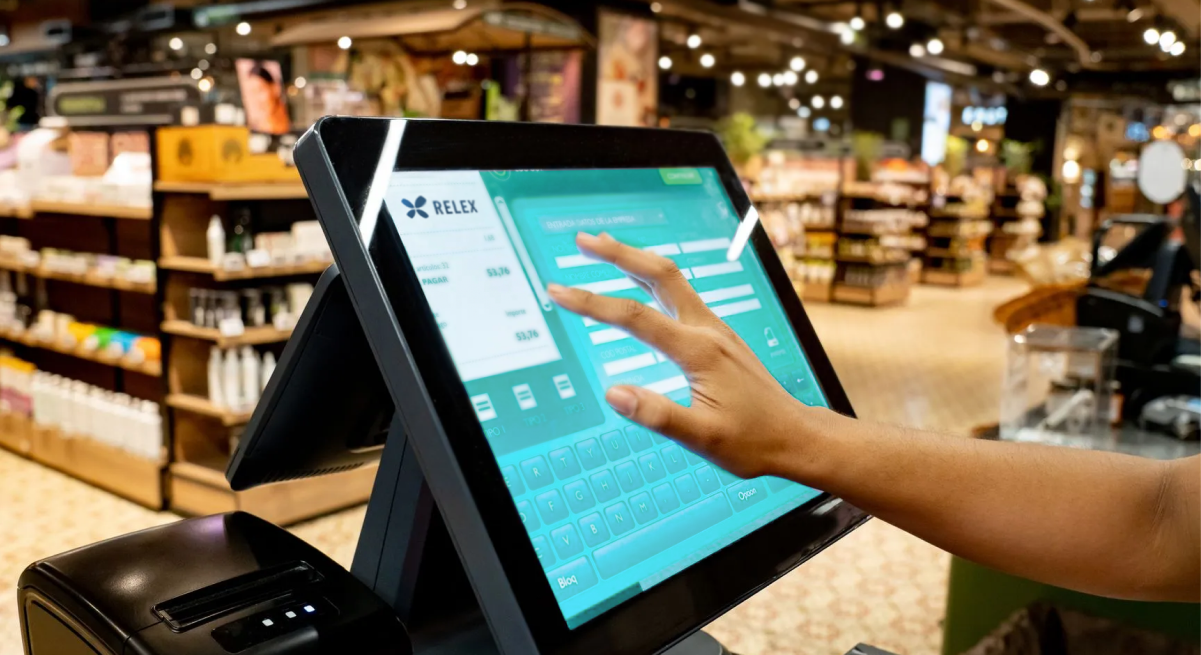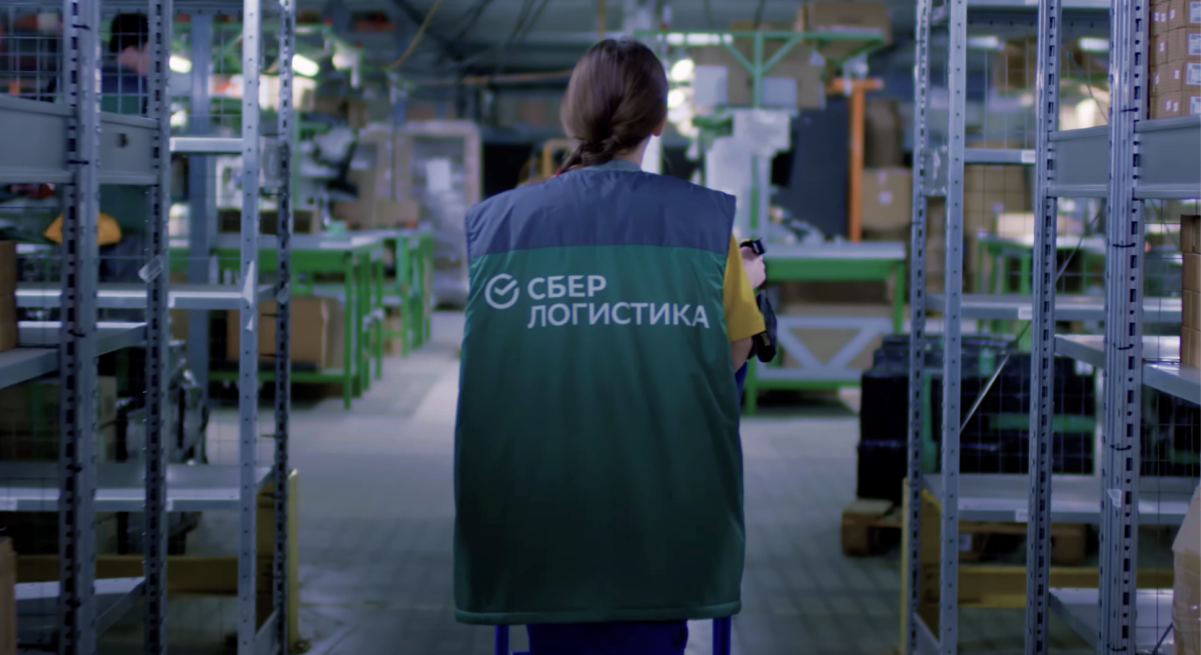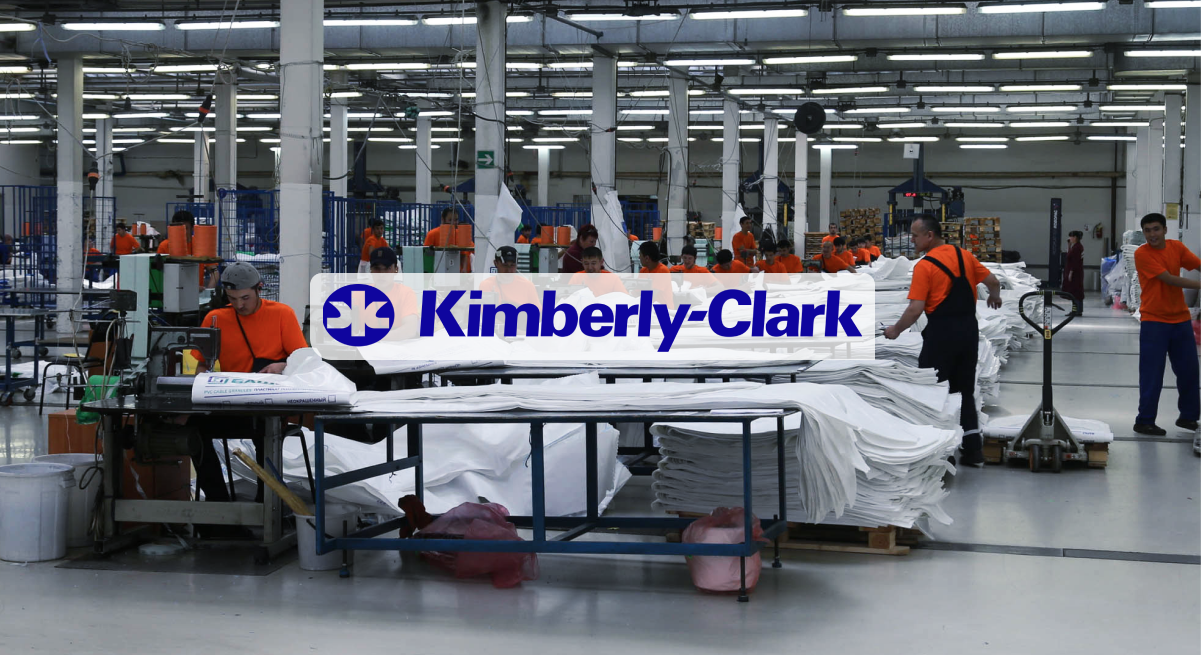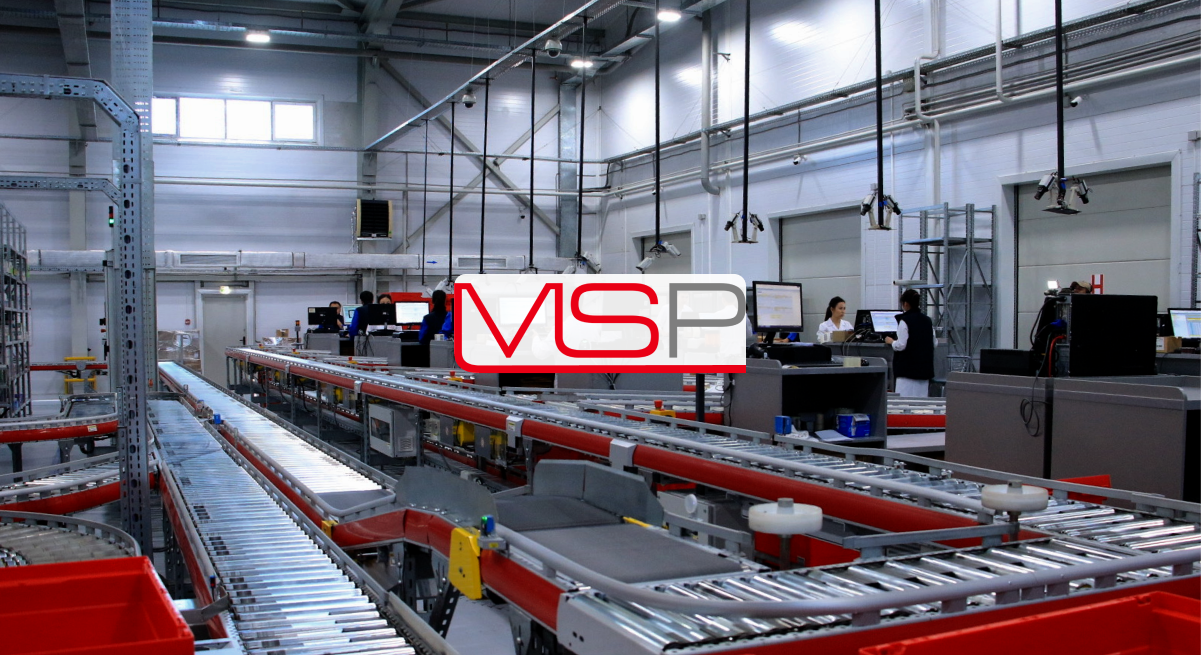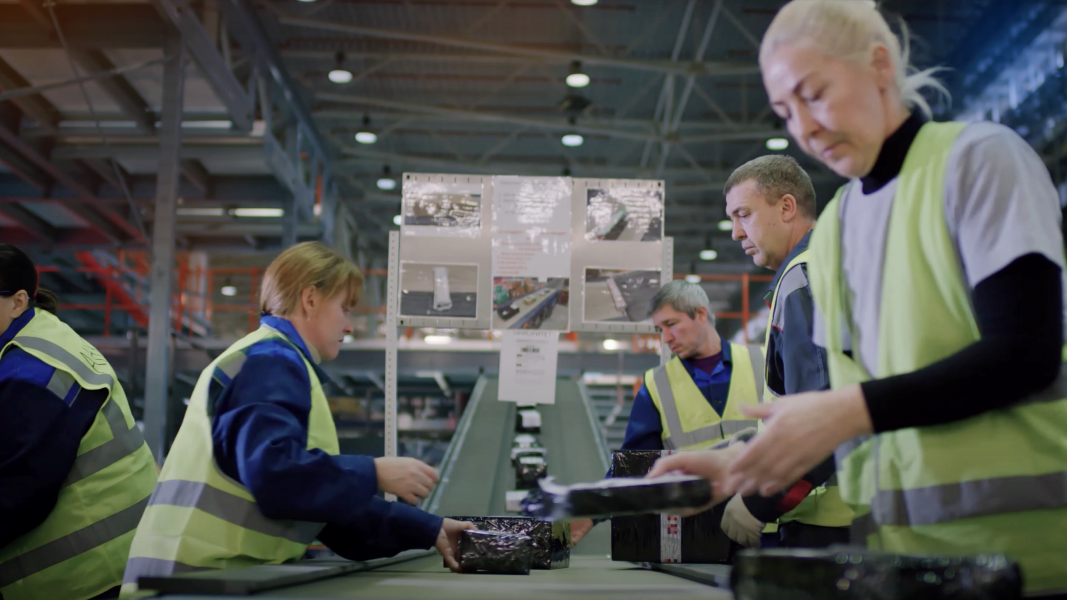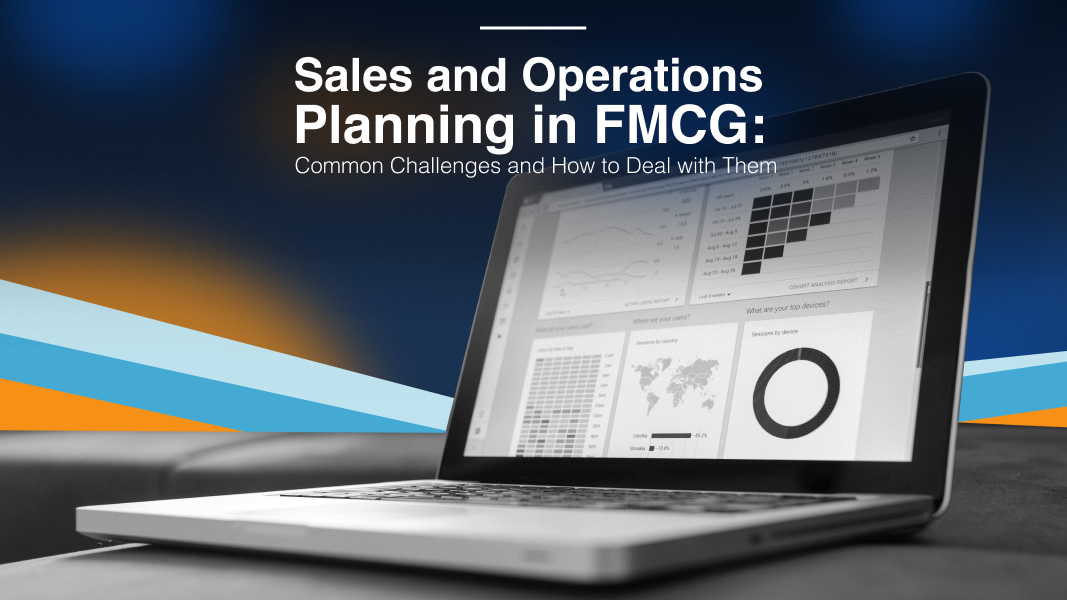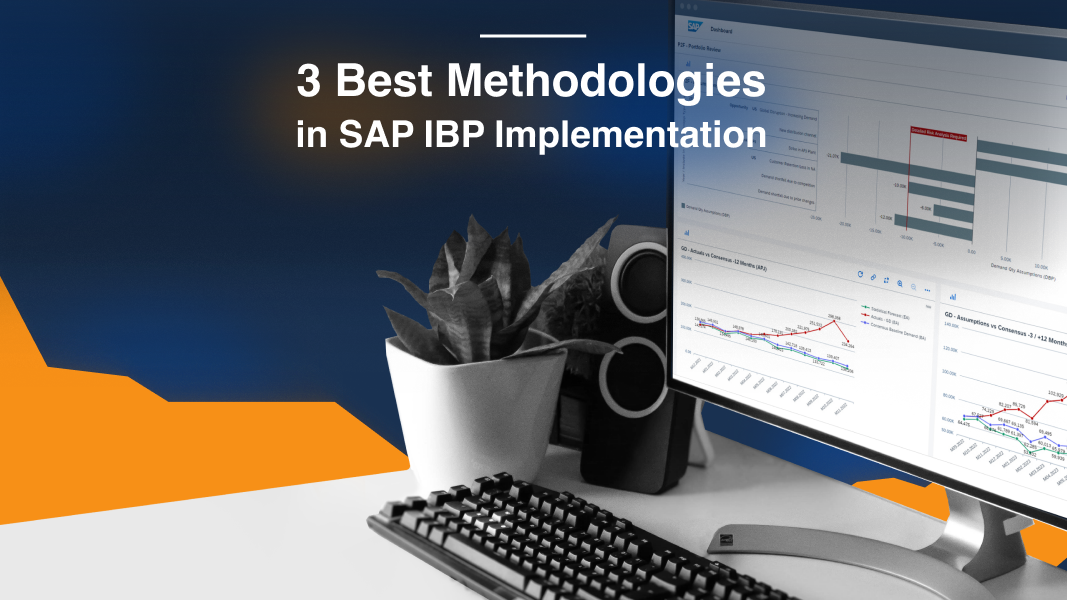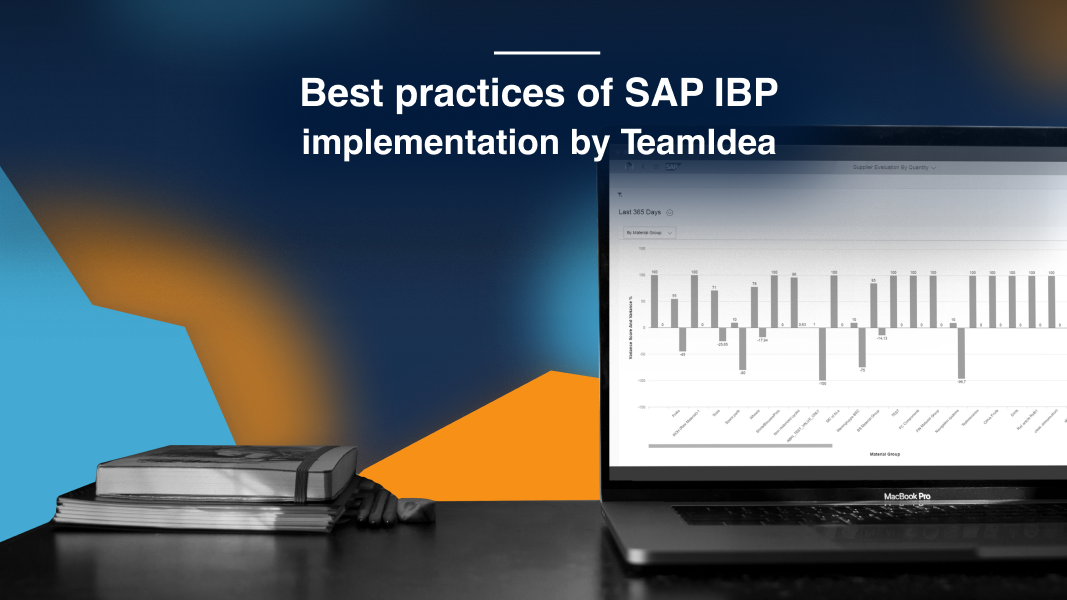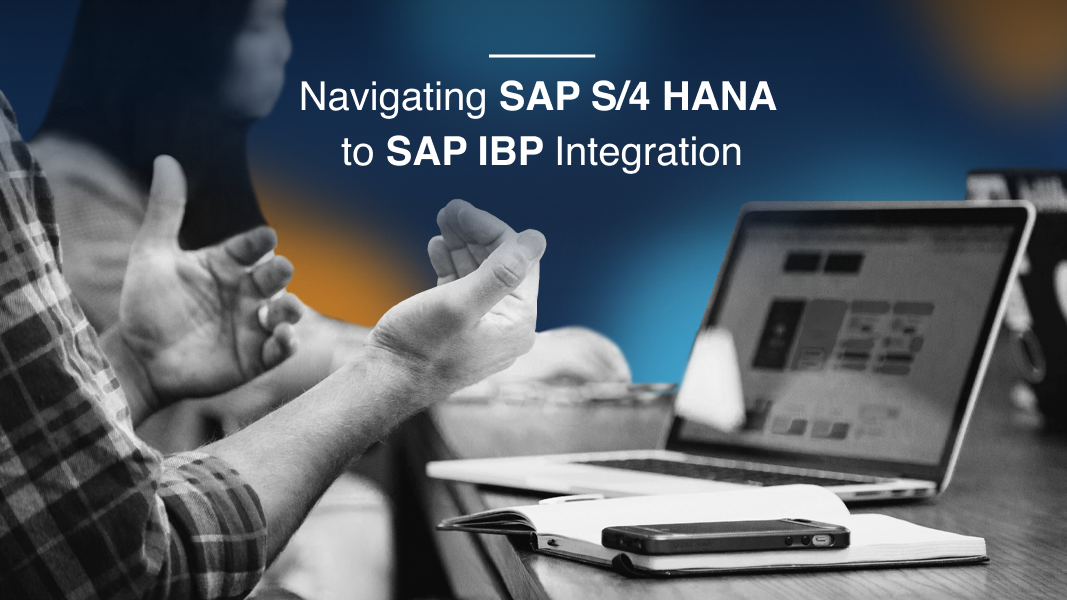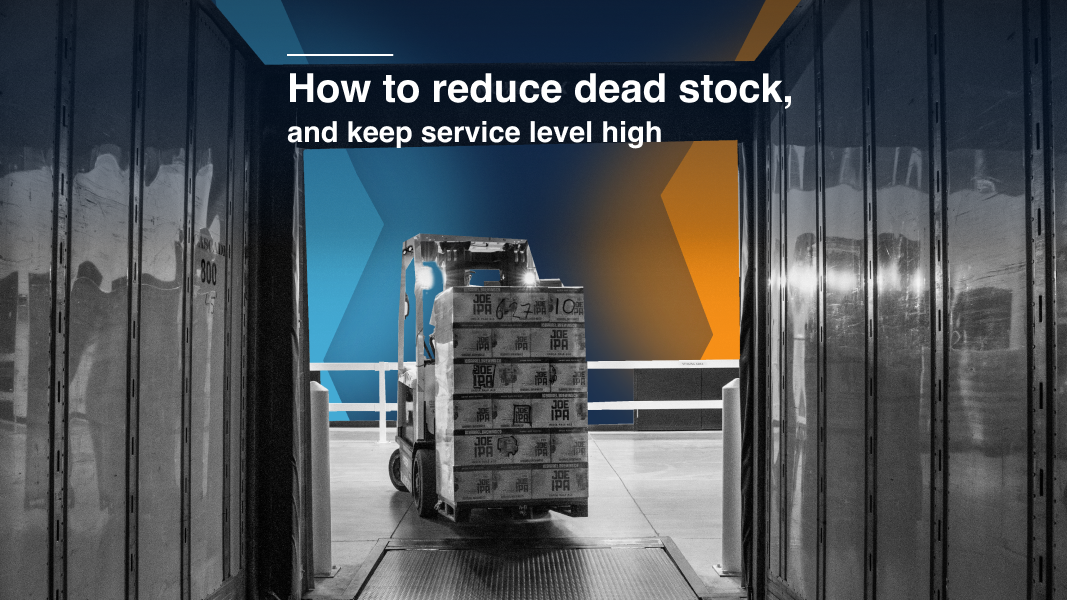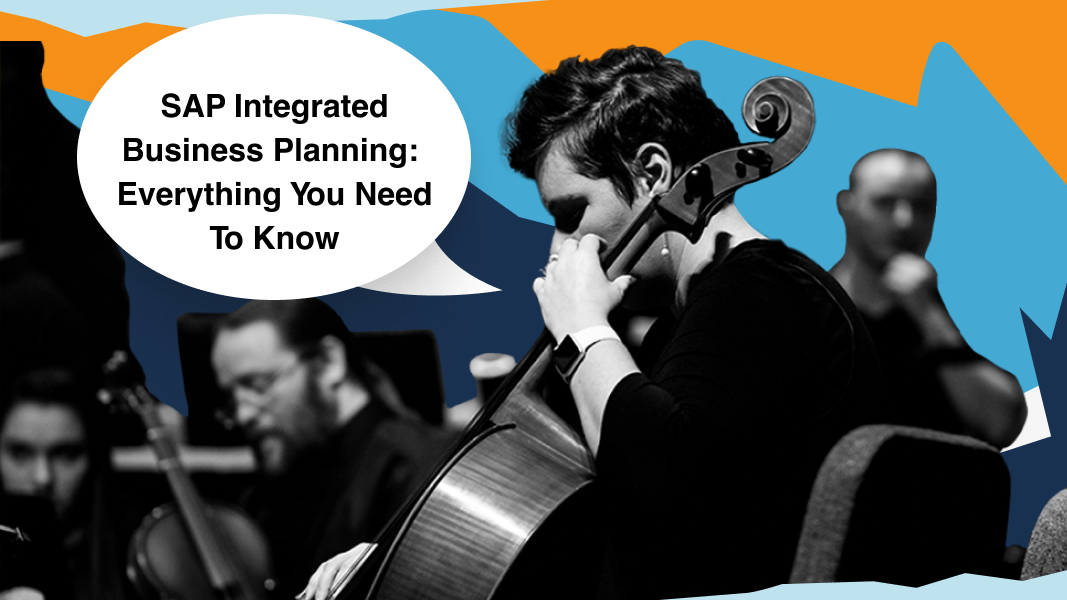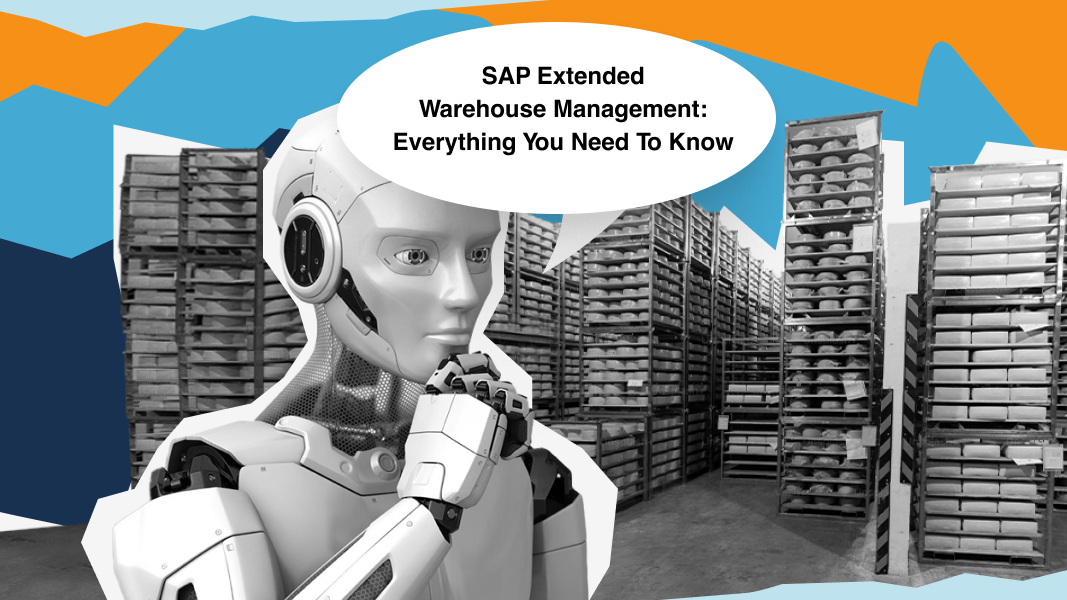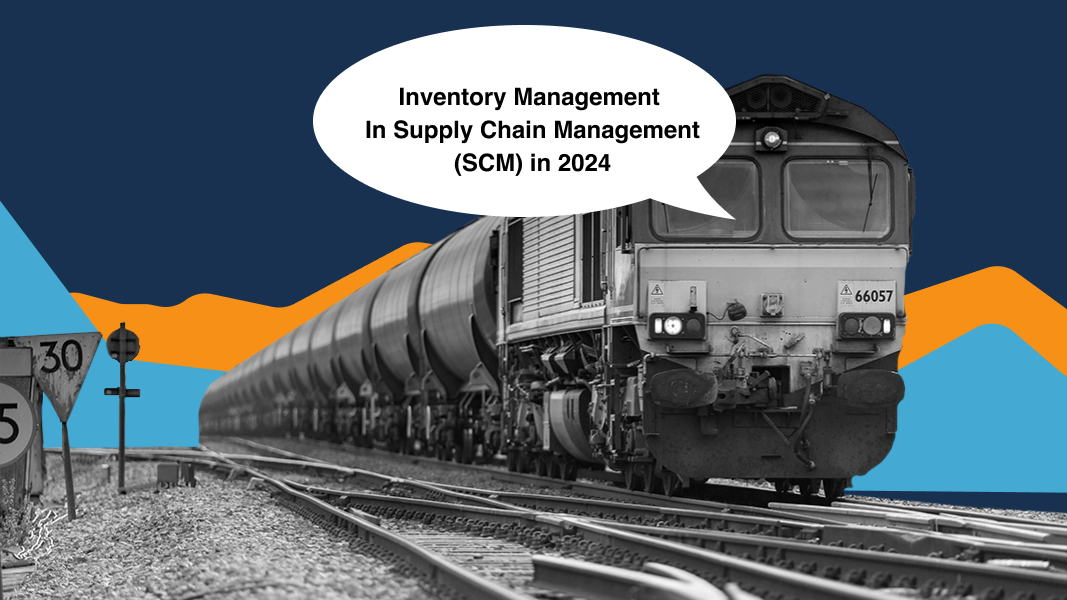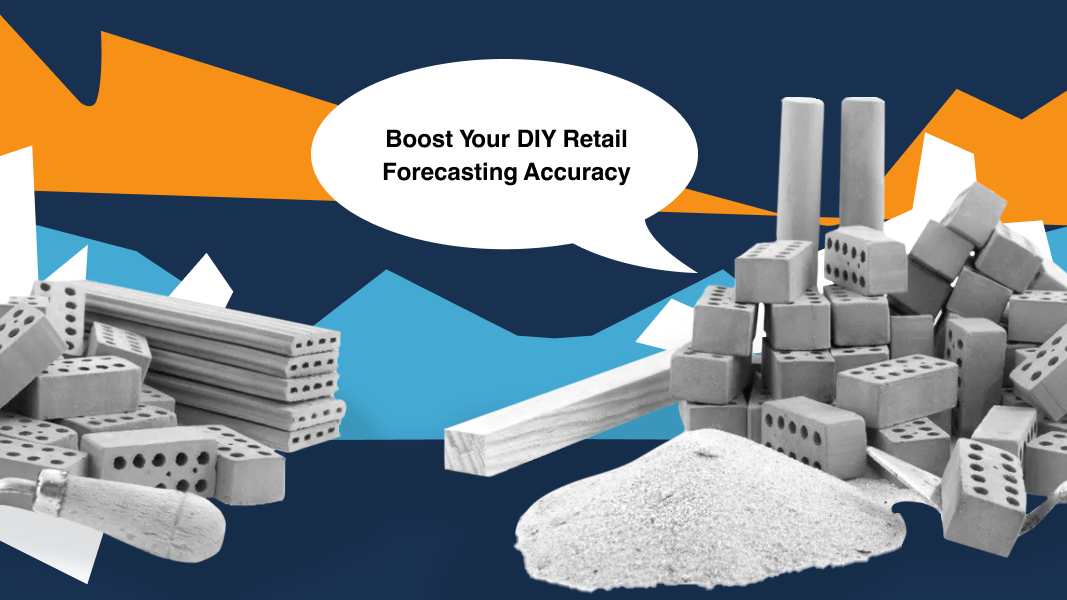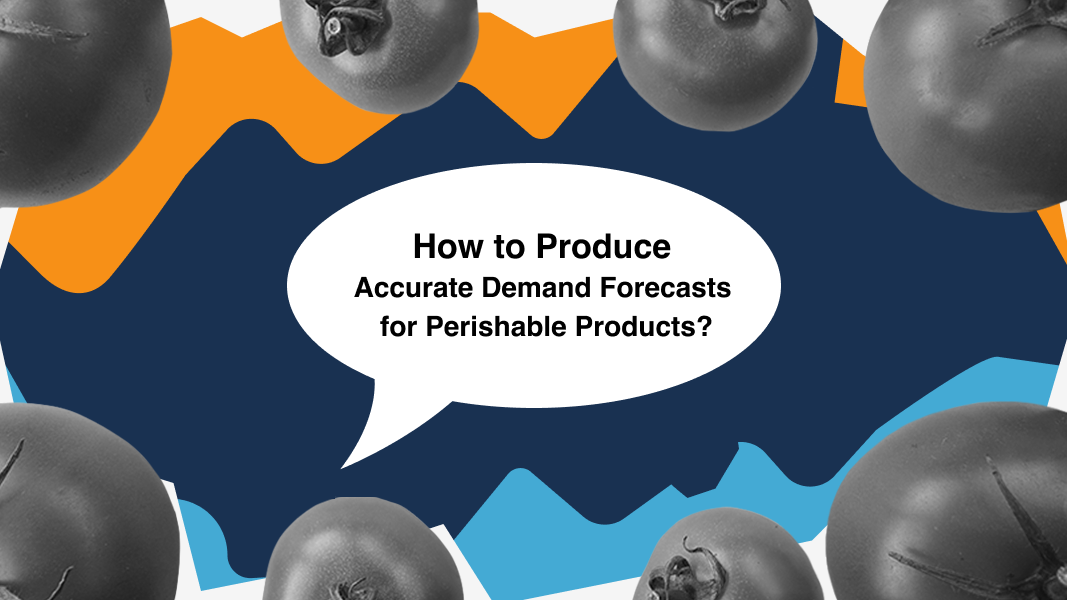1763
22 min
Success in the New Era of Retail

Midsize retail businesses face a unique set of challenges when it comes to building resiliency and customer value, while delivering growth and profit for their stakeholders.
Their relative size, while in some cases affording them more agility than larger rivals, can leave them vulnerable. Limited cash reserves mean there is little margin for error. Relying on inputs from large and complex supply chains can leave them without the materials they need to maintain operations. There are little to no redundant resources while employees work to full capacity and often fulfill multiple roles.
All this made the events of 2020 particularly trying for midsize businesses: supply chains were disrupted, the workforce was suspended, and millions of businesses were shuttered worldwide.
Yet, many midsize retailers were able to weather this storm with a focus on tracking and responding to changing customer needs. The most successful organizations were those that valued collaboration, cross-business insights, data-driven decision making, and agility, both in terms of processes and employees.
By marrying these traits, they became “interconnected businesses.”
In doing so, they are able to offer outstanding customer and employee experiences, build resilience, and navigate rapid market fluctuations – capabilities that are essential for the future. Interconnected businesses are also in a stronger position to seize new opportunities and pursue growth when the economy stabilizes.
Engaged Customers
Improving customer experiences is the top priority for midsize retailers over the next three years – outpacing both profits and growth. This is no surprise, given customers continue to expect personalized, innovative experiences from personal and professional vendors.
However, 52% of midsize retailers say that keeping up with changing customer wants and needs is the top barrier to fulfilling this goal1 – possibly due to a lack of real-time data or the analytical skills to make sense of it. While customer service has a large role to play in improving customer experience, there is evidence to suggest that midsize businesses undervalue the role of other functions in supporting high-quality experiences. These include sales, marketing, operations, finance, and IT.
For example, if your supplier fails to deliver a batch of products in time, you could suffer from out-of-stocks and deliveries have to be postponed. Likewise, if your marketing department doesn’t effectively coordinate with buyers on product availability, you could lose customers to a competitor that’s quicker in following up the lead.
Connecting the business to improve collaboration, particularly where data is concerned, will improve your ability to meet expectations in this area.
Successful retailers have redefined what it means to shop with them by combining the physical and digital worlds. Omnichannel interactions are the norm, while bricks and mortar stores are connected spaces that provide customers with an endless aisle without overwhelming them with choice. Store associates and managers are empowered by technology and equipped with 360-degree views of the customer to provide a unique, personalized experience to every shopper.
“Advanced technologies are increasingly available to midsize businesses through cloud solutions.”
Best practice areas
Audit
Identify the barriers to high-quality experiences and work to remedy them. For example, is your website difficult to navigate, or is there a delay between a customer ordering and notifying the warehouse? Put the customer at the center of all decisions. Remember, every department has a role to play in customer experience (CX).
Improve collaboration
Encourage communications between departments. It can be beneficial to set up a shared database that cross-functional teams and business systems can access, so that information is managed and orchestrated centrally instead of in silos.
Cover all bases
Engage with your customers where and how they prefer – online or offline, mobile, social, or chat – and deliver consistent experiences through all these touchpoints. Moving beyond transactional sales to continuously engage with customers can create lifelong brand loyalty.
How technology can help
E-commerce solutions, customer relationship management (CRM) software, and chatbots were ranked by retailers as the three most important technologies for managing experiences.
These tools improve communication, increase understanding of customer needs, and reduce organizational and data silos. These technologies, as well as machine learning and artificial intelligence (AI), are increasingly available to midsize businesses through cloud-based CX solutions.
Midsize businesses are employing a number of digital tools to detect, predict, and anticipate unspoken customer needs with the aim of providing an exceptional experience all the way from awareness to conversion and post-purchase.
For example, IoT sensors can capture information on use, consumption, wear, and freshness of products. These devices can then alert customers to replace, replenish, or repair their goods, creating demand that retailers can meet just in time with the right corresponding personalized offer.
A variety of other technologies can be used to create new, differentiated shopping experiences. Customer identification, virtual reality, smart fitting, endless aisles, gamification – the opportunities to drive loyalty and new revenue opportunities are limitless.
SAP Customer Experience software includes marketing, sales, commerce, and service solutions to create a seamless line of intelligence and processes for the entire customer journey. Built-in data analytics and visualization make it even easier to spot inefficiencies and identify unmet customer needs. Crucially, the software is designed to integrate and exchange data with organizational solutions in supply chain and distribution, finance, and inventory management.
Usable Insights
Insights are the lifeblood of every business, large and small. They enable you to create new, differentiated shopping experiences that customers want, predict customer needs, engage your employees, and anticipate disruption. Needless to say, retailers that could forecast a spike in demand for certain products prior to the pandemic – and could mitigate the disruption – will have fared better. Yet, data and analytics are a weak point for many midsize retailers: 26% report a lack of adequate data as a top barrier to meeting strategic priorities, and 28% cite an inability to gain insights from their data.
A major challenge to becoming a data-driven business involves getting employee buy-in.
Data needs to be seen as a prerequisite to all decision making, not a nuisance or an afterthought. Similarly, if your business does not have the infrastructure to allow cross-functional teams to share and access data freely (and securely), insights become siloed and lost.
Finding the skilled workers capable of harvesting and analyzing vast quantities of data is another barrier to the insight-driven organization.
And even if your business has an analytics solution, not everyone will have the data literacy to make sense of it.
“The tools to analyze data are more accessible than ever before.”
Best practice areas
Create a single source of truth
Consolidating all the data in your organization into a “single source of truth” will not only reduce silos but boost productivity and streamline processes as teams have ready access to accurate information.
Broaden your search
Some of the tools you already use, such as CRM platforms and accountancy programs, may have analytics dashboards built-in. External channels such as social media platforms can also enable you to generate reports that may reflect a broader perspective.
Increase literacy
Be explicit about how data can influence decision making and work with business stakeholders to eliminate cultural resistance by training employees in basic data visualization and analytics. It can help to investigate data visualization tools or hire an outside consultant for this.
How technology can help
The tools needed to obtain and analyze data are now more accessible for midsize businesses than ever before. Cloud-based analytics software is designed to retrieve, analyze, consolidate, and democratize all the data that your company generates. That means, the same software can process information for any team or function.
For example, the SAP Analytics Cloud solution contains everything you need to gain insights across the business, from front- to back-end, and make confident data-backed decisions on a single solution.
It is just as essential to properly host and manage your data. This not only ensures you meet requirements around data governance, data protection, and privacy, but also gives you the most from your analytics tools. SAP data management solutions are designed to help you compete strategically on the same level as your larger rivals.
Smooth Processes
Processes are the mechanisms by which businesses run. That’s why inefficient processes can have such a detrimental impact on organizations of all sizes. Late payments affect your working capital; back- ordered inventory delays production; and out-of- date numbers skew your sales forecasting. Because your margin of error is low, midsize businesses need to stay in control at all times and can’t afford surprises that slow the business down or create blind spots. Nevertheless, managing all aspects of the value chain can be difficult.
For example, without the IT budgets and the sophisticated tools of your larger competitors, it can be a major challenge to get visibility into the supply chain, which means less insight into bottlenecks and potential disruption. Even when technical functionality is more mature, midsize businesses often require external IT to generate reports. This leads to outdated insights and inhibits diverse critical thinking as much as fast decision making.
Many midsize businesses still rely on cumbersome manual processes in areas such as finance, relying on mountainous spreadsheets and reports.
Not only does this eat into skilled workers’ valuable time, but it invites the possibility of human error and duplicated data. No wonder 67% of midsize businesses consider freeing employees from mundane financial tasks to be a top goal.
Best practice areas
Investigate
You need to understand which processes frustrate customers and staff most, where delays are happening, and what can be remedied easily by existing tools – for example, can you replace paper-based forms with secure digital ones?
Improve communication
Empower people to share ideas and knowledge safely and compliantly. By adopting collaboration tools and platforms, this can be done across the business and with internal and external stakeholders alike.
Automate
Ideally, you should reduce time spent on administration and free-up employees for meaningful tasks. This can be facilitated by automating work-flows and deploying solutions that integrate with other systems in your business.
How technology can help
Standardizing processes across every function – from supply chain and expenses to marketing and billing – can enhance communication, boost efficiency, and promote innovation in midsize businesses.
An enterprise resource planning (ERP) system can connect every aspect of your value chain and act as the source of proactive insights and visibility that decision makers need to navigate the market.
You can optimize interactions on e-commerce sites, in-store, and in the field with real-time, integrated insight based on intelligence from across the business – including customer profiles, operational expense, and supply chain capacity.
SAP offers ERP solutions to meet your specific needs and help you automate everyday financial tasks. Integrate your financial operation with other business processes such as marketing and after-sales.
Using integrated ERP applications, midsize businesses can simplify their IT and gain ready access to real-time data.
Towards a Holistic Approach
Companies that can optimize and connect the four pillars of business – Customers, Employees, Insights, and Processes – using best practices and powerful technologies are better poised to unlock business model innovation; understand customer needs; and serve them holistically.
Ultimately, this facilitates the exceptional experiences and resilience that will differentiate your retail business in the future and help you compete on the same level as larger companies.
As more than 250,000 small and midsize customers have discovered, SAP will be with you every step of the way to stay connected and help keep your business moving forward.


